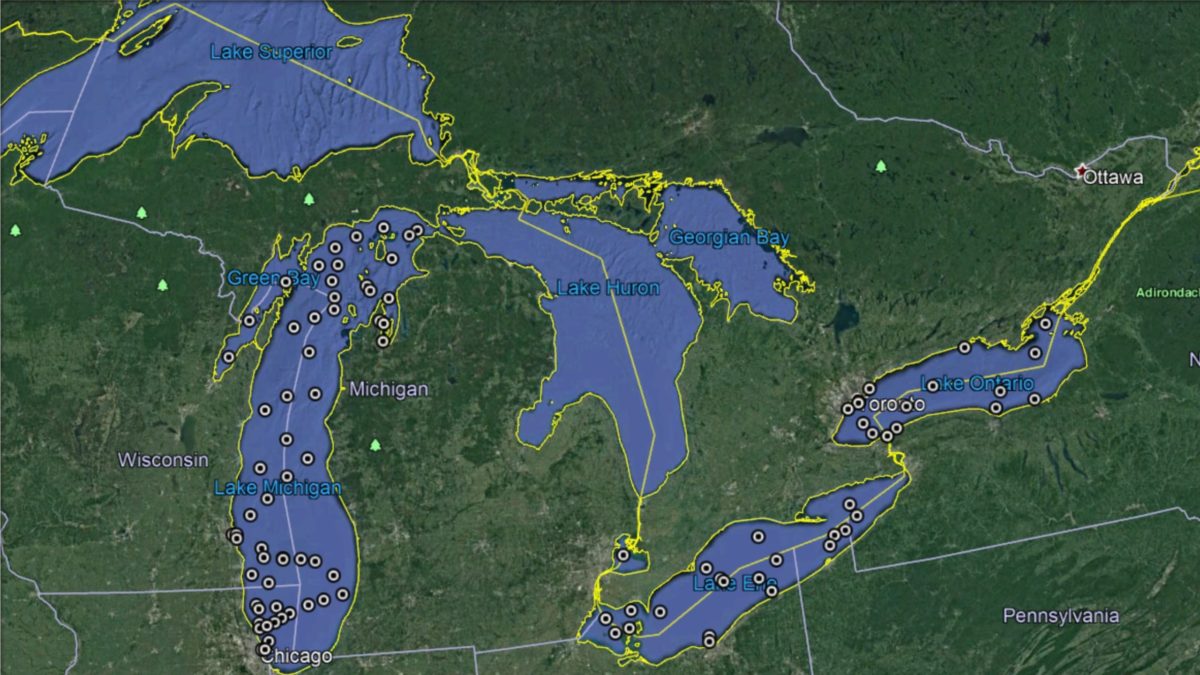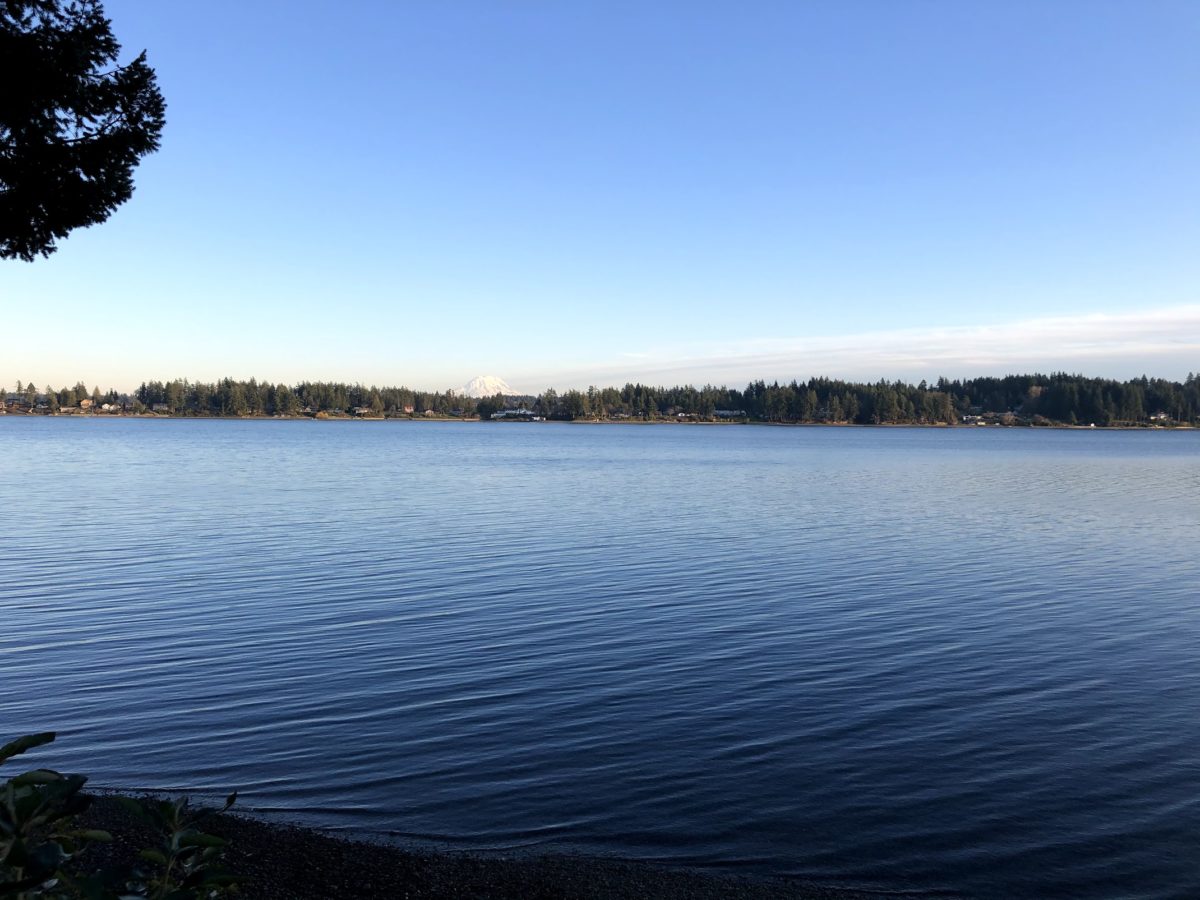Written by Monica Zaky

What if I told you that your facial scrub may be adding to the abundance of plastics in our rivers, lakes, and oceans? Those microbeads that exfoliate your face are often made of plastic. Plastics are everywhere. They are used for packaging, beauty supplies, agriculture, furniture, and even our cars. Sadly, a lot of plastics end up in water of some sorts; in creeks, streams, rivers, lakes, and oceans, plastics are there, and they are becoming unavoidable. Large plastics break down into tiny pieces called microplastics, or plastics that are less than 5mm in length. Microplastics may come from anything such as clothing to beauty products such as a facial scrub. How many of these plastics are in our water systems, and how might they be interacting with other pollutants in the water?












